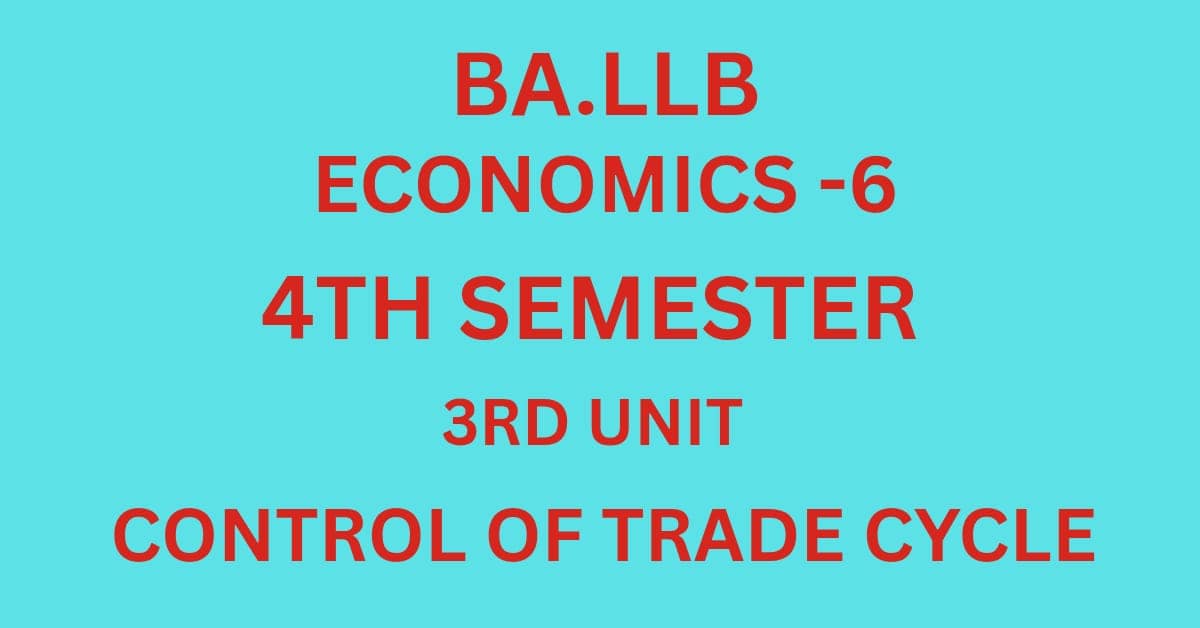Introduction:
Green revolution in India contributed to the commercialization of agriculture. It contributes to the increase of the agricultural output which leads to the marketable surplus. Green revolution in India refers to the technological breakthrough in Indian agriculture by the development and use of high yielding varieties of seeds, minor irrigation, and use of fertilizers, regular plan protection and mechanization of agriculture. The criticism on green revolution are.
Green revolution also refers to the leap forward in Indian agriculture as a result of the adoption of the new agricultural strategy in 1964- 65. The new strategy aimed at rising form output through the use of high yielding varieties of seeds, chemical fertilizer, pesticides, agriculture credit, implement and machinery, multiple cropping, irrigation facilities and suitable price for farm product.
Limitations of green revolution:
- Though the green revolution has contributed much to the development of Indian agriculture in recent years in the first instance only 5 crops have been covered under the HYV programs. Then need of the hour is to extend the research in developing HYV seeds for other crops such a measure will bring about complete revolution in the field of agriculture.
- More intensive efforts are required to completely revolutionize Indian agriculture
- The green revolution has proved to be a grand success in case of wheat production. So it is called wheat revolution but not for other crops importance is given.
- Green revolution has almost remained selective in the sense that it has been restricted to best endowed lands. It should be extended to dry farming areas.
- The green revolution has benefited only a few rich farmers as against majority who still followed the traditional method of cultivation.
- The increase in employment has also been accompanied by the rise in the real and money wages of agriculture labors.
- As a result of green revolution the number of farm families in the lower income groups decline as in higher income groups increased.
- The HYV program has not spread uniformly in the all states and in all the areas in the same district and accent rated regional imbalances.
- The new strategy has also created labor problem in the rural areas acute shortage of labor is experienced.
- There has been large scale eviction of tenants in green revolution areas
- The use of tractors and harvest combiners have displace form laborers on a large scale especially women’s and unskilled workers.
- The intensive farming methods promoted by the Green Revolution often led to the overuse of soil, resulting in nutrient depletion and loss of soil fertility.
- The high-yield crop varieties required a significant amount of water, which strained water resources in many areas. Over-irrigation led to waterlogging, soil salinity, and a drop in groundwater levels in regions heavily reliant on irrigation.
- The widespread use of chemical fertilizers and pesticides caused water pollution, harmed aquatic ecosystems, and contributed to the loss of biodiversity. Overuse of these chemicals also led to the development of resistant pests and weeds, exacerbating environmental problems.
- The Green Revolution primarily benefited farmers who could afford the necessary inputs (high-yield seeds, fertilizers, pesticides, and irrigation systems). Large-scale and wealthier farmers were able to adopt the new technologies and achieve higher productivity, while smaller and poorer farmers often struggled to afford the required inputs.
- As a result, the gap between wealthy and poor farmers widened, contributing to increased economic inequality in rural areas. Many smallholders and marginal farmers were left behind, as they were unable to compete with those who had access to better resources.
also read: explain the land reform measures in India.













